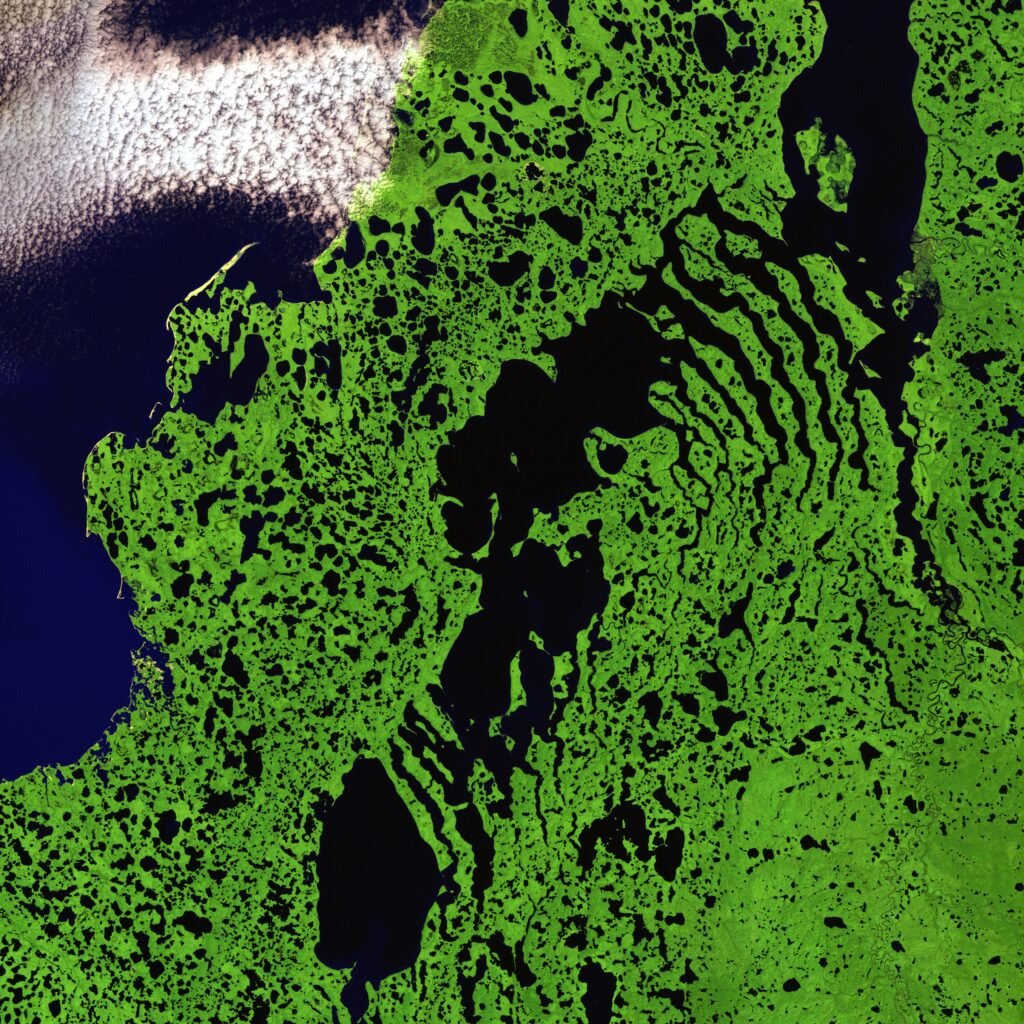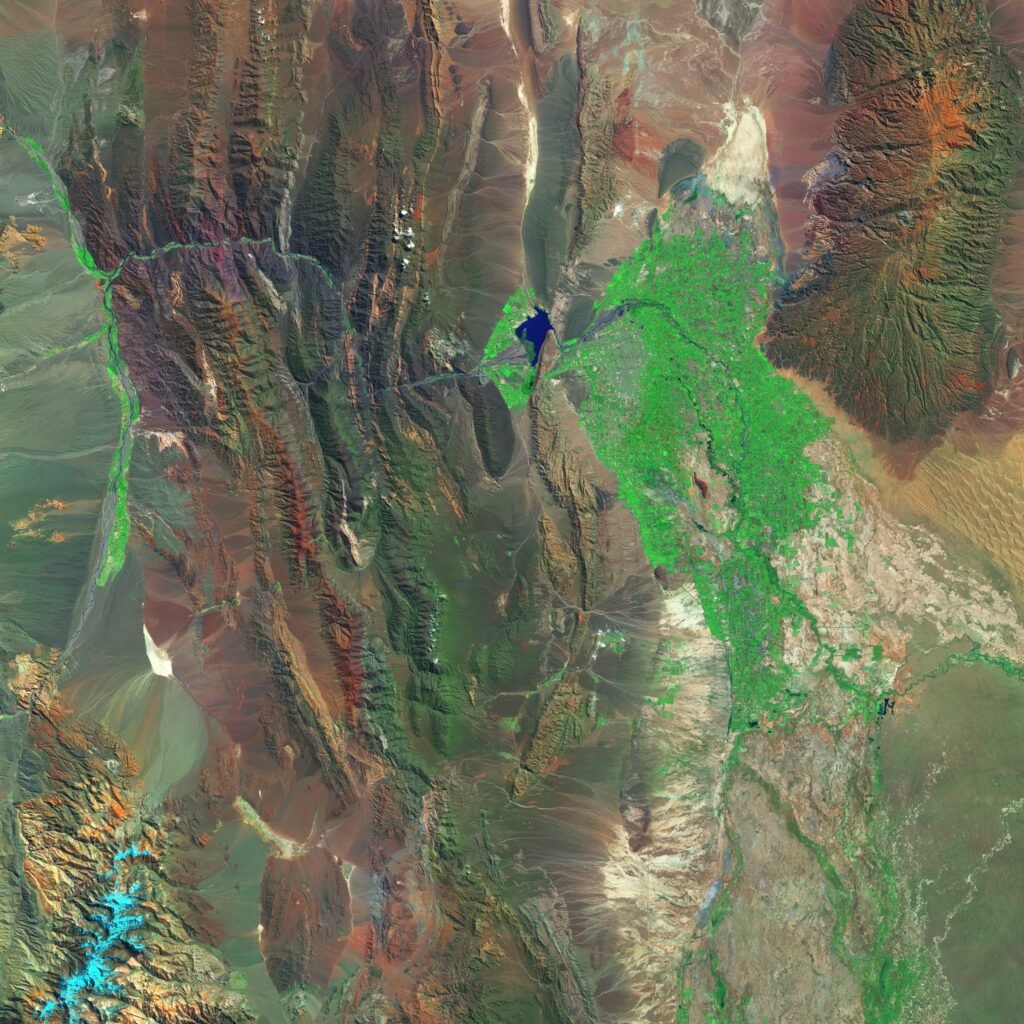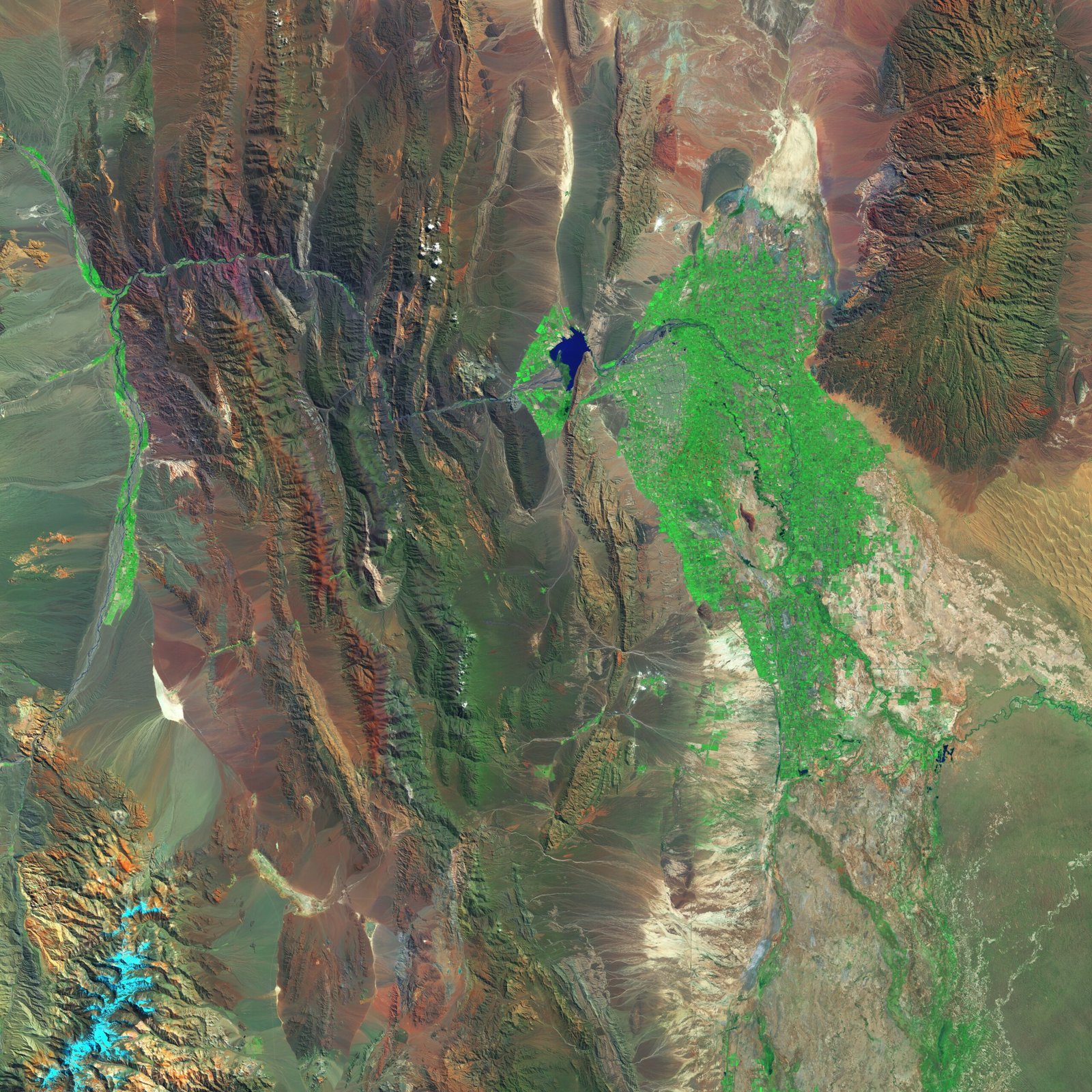Imagine firing up your gas barbeque grill and watching the flames dance across the grates, ready to cook up a delicious meal. But have you ever wondered what actually makes those flames appear? The answer lies in the unsung hero of the grill – the burner. The burner plays a crucial role in a gas barbeque grill, as it is responsible for creating and distributing the heat needed to cook your food to perfection. Without the burner, your grill would simply be a metal box with no way to generate the necessary heat for grilling. So next time you fire up your grill, remember to appreciate the vital role of the humble burner.
Understanding the Burners in a Gas Barbeque Grill
Different Types of Burners
When it comes to gas barbeque grills, there are several different types of burners that you may come across. The most common types include cast iron, stainless steel, and ceramic burners. Each type has its own advantages and disadvantages, so it is important to understand their characteristics before making a decision.
Cast iron burners are known for their durability and heat retention capabilities. They are often found in high-end grills and offer even heat distribution, ensuring that your food cooks evenly. However, they require regular maintenance to prevent rust.
Stainless steel burners are a popular choice due to their corrosion-resistant properties. They are less likely to rust or deteriorate over time and are generally easier to clean. However, they may not retain heat as well as cast iron burners and may have hot spots.
Ceramic burners are known for their high heat output and efficient fuel consumption. They are designed to generate intense heat, reaching up to 1000 degrees Fahrenheit. Ceramic burners are often found in professional-grade grills and are ideal for searing and quick cooking. However, they tend to be more expensive than other types of burners.
Material Used in Burners
The choice of material used in burners can have a significant impact on their performance and longevity. Cast iron burners are made from a durable and heat-resistant material, which allows them to withstand high temperatures without warping or cracking. Stainless steel burners, on the other hand, are known for their corrosion resistance and ability to withstand outdoor conditions. Ceramic burners are made from a special type of ceramic material that can withstand extreme temperatures.
It is important to note that the material used in the burners can also affect their heat distribution capabilities. For example, cast iron burners are known for their ability to evenly distribute heat, whereas stainless steel burners may have hot spots.
Location of Burners in a Barbeque Grill
The location of the burners in a barbeque grill plays a crucial role in how the heat is distributed and controlled. Most gas grills have multiple burners that are strategically placed throughout the grill. These burners can be arranged in different configurations, such as front-to-back or side-to-side.
The placement of the burners determines how the heat is distributed across the cooking surface. For example, a grill with front-to-back burners will generally have better heat distribution from the front to the back of the grill. On the other hand, a grill with side-to-side burners will have better heat distribution from side to side.
The location of the burners also affects the cooking experience. For instance, a grill with burners located closer to the cooking surface may offer better heat control and allow for more precise cooking. On the other hand, burners located further away from the cooking surface may result in more indirect heat, which is ideal for slow cooking or smoking.
Fuel Consumption of Grill Burners
Relationship between Burner Size and Fuel Consumption
The size of the burners in a gas grill can have a significant impact on the fuel consumption. Generally, larger burners will consume more fuel compared to smaller burners. This is because larger burners have a greater surface area and are capable of producing more heat.
However, it is important to note that burner size alone should not be the sole factor in determining fuel consumption. Other factors, such as the efficiency of the burner and the grill’s design, can also influence fuel consumption. It is advisable to consider the overall design and efficiency of the grill to ensure optimal fuel consumption.
Efficiency Variations of Different Burner Types
Different types of burners have varying levels of efficiency, which can affect fuel consumption. Ceramic burners are known for their high efficiency and can generate intense heat while consuming less fuel. On the other hand, stainless steel burners may not be as efficient and may require more fuel to produce the same amount of heat.
Efficiency can also be influenced by the burner’s design and construction. For example, burners with better heat distribution capabilities are likely to be more efficient since they can effectively utilize the heat generated.
Fuel Control and Burner Output
Fuel control plays a crucial role in managing burner output and fuel consumption. Most gas grills are equipped with control knobs that allow you to adjust the flow of gas to the burners. By adjusting the burner output, you can control the heat level and cooking temperature.
When using a gas grill, it is important to strike the right balance between fuel consumption and desired cooking temperature. By adjusting the burner output, you can ensure that the grill is using the appropriate amount of fuel to achieve the desired heat level. It is advisable to start with a low burner setting and gradually increase it until the desired temperature is reached.

Heat Distribution by Burners
Role of Burners in Heat Distribution
The burners in a gas grill play a crucial role in heat distribution. They are responsible for generating the heat that cooks your food, and the design and placement of the burners determine how evenly the heat is distributed across the cooking surface.
Even heat distribution is essential for achieving consistent cooking results. Without proper heat distribution, certain areas of the grill may be hotter or colder than others, resulting in unevenly cooked food.
Heat Control and Regulation
Heat control and regulation are important factors in achieving optimal cooking results. Gas grills are equipped with control knobs that allow you to adjust the burner output, which in turn controls the heat level.
By adjusting the burner output, you can control the temperature on different areas of the cooking surface. For example, if you want to sear a steak at a high temperature, you can increase the burner output on one side of the grill while keeping it lower on the other side for indirect cooking.
It is important to note that heat regulation also involves monitoring the grill’s temperature throughout the cooking process. Some gas grills are equipped with built-in thermometers, but it is advisable to use a separate grill thermometer to ensure accurate temperature readings.
Impact of Burner Design on Heat Distribution
The design of the burners can have a significant impact on how heat is distributed across the cooking surface. Burners with multiple rows of flame ports can offer better heat distribution compared to burners with a single row of ports.
Additionally, the shape and size of the burners can also affect heat distribution. Burners with a wider surface area are generally capable of distributing heat more evenly compared to narrow, linear burners.
It is important to consider the design of the burners when purchasing a gas grill, as it can directly impact the quality of your cooking results.
Burner Flame Adjustment and Control
Concept of Flame Adjustment
Flame adjustment is an important aspect of using a gas grill burners. By adjusting the flame, you can control the heat output, which in turn affects the cooking temperature.
Flame adjustment is typically done using the control knobs on the grill. These knobs allow you to increase or decrease the flow of gas to the burners, thus adjusting the size and intensity of the flame.
The Role of Control Valves in Flame Adjustment
Control valves are an integral part of the gas grill’s burner system. They allow you to control the flow of gas to the burners, which in turn determines the size and intensity of the flame.
Control valves are typically connected to the control knobs on the grill’s control panel. When you turn the knob, the control valve opens or closes, regulating the gas flow to the burners.
It is important to ensure that the control valves are functioning properly and do not leak gas. Regular maintenance and inspection of control valves are recommended to ensure safe and accurate flame adjustment.
Flame Colour and Its Implications on Burning Efficiency
The colour of the flame can provide valuable insight into the burning efficiency of the gas grill burners. A blue flame is generally an indicator of efficient burning, as it signifies complete combustion of fuel.
On the other hand, a yellow or orange flame may indicate incomplete combustion and inefficient burning. This can be caused by factors such as clogged burner ports or insufficient air intake.
It is important to regularly inspect the flames and make necessary adjustments to ensure optimal burning efficiency. A well-adjusted flame not only improves fuel consumption but also enhances the cooking performance of the grill.

Safety Features in Burners
Built-in Safety Measures for Burners
Most gas grill burners are equipped with built-in safety features to ensure safe operation. These safety measures are designed to prevent accidents and minimize the risk of gas leaks or flare-ups.
One common safety feature is an automatic ignition system, which eliminates the need for matches or lighters to ignite the burners. This reduces the risk of accidental fires due to improper ignition.
Another safety measure is the inclusion of flame tamers or shields over the burners. These shields help protect the burners from grease drippings and prevent flare-ups.
Role of Thermocouples in Burner Safety
Thermocouples are safety devices commonly found in gas grill burners. They are designed to detect the presence of a flame and automatically shut off the gas supply if the flame goes out.
When the burners are ignited, the thermocouple senses the heat from the flame. If the flame goes out for any reason, such as a gust of wind or a gas leak, the thermocouple quickly detects it and shuts off the gas supply to prevent the accumulation of gas.
Thermocouples are an important safety feature that provides peace of mind while using a gas grill. Regular maintenance and inspection of thermocouples are recommended to ensure their proper functioning.
Auto-Shutoff Mechanisms in Burners
Auto-shutoff mechanisms are additional safety features that can be found in some gas grill burners. These mechanisms are designed to automatically shut off the gas flow if a certain condition is met, such as excessive heat or high pressure.
Auto-shutoff mechanisms help prevent potential accidents and gas leaks. They provide an extra layer of protection and peace of mind while grilling.
Maintenance of Burners
Routine Maintenance Measures
Proper maintenance of gas grill burners is essential to ensure their optimal performance and longevity. Regular maintenance can help prevent issues such as clogged burner ports, corrosion, and inefficient burning.
Some routine maintenance measures include cleaning the burner ports to remove any debris or grease buildup, inspecting the burners for any signs of damage or corrosion, and checking the gas supply and connections for leaks or loose fittings.
It is also important to keep the grill and burners clean by regularly removing grease and residue. This not only improves the performance of the burners but also helps prevent flare-ups and prolongs the life of the grill.
Detecting and Troubleshooting Burner Problems
Occasionally, gas grill burners may encounter issues that affect their performance. Some common problems include uneven heat distribution, weak flames, or flame irregularities.
When troubleshooting burner problems, it is important to start by inspecting the burners for any signs of damage, clogs, or corrosion. Cleaning the burner ports and ensuring proper gas flow can often resolve minor issues.
If the issues persist, it may be necessary to replace the burners or seek professional help. It is advisable to refer to the manufacturer’s instructions or consult a qualified technician for proper diagnosis and repair.
Burner Replacement and Part Availability
Over time, gas grill burners may wear out or become damaged and may need to be replaced. It is important to choose high-quality replacement burners that are compatible with your grill model.
When replacing burners, it is advisable to consult the grill’s manufacturer or a trusted retailer to ensure the correct fit. Many manufacturers offer replacement parts for their grills, making it easier to find the right burners.
It is also a good idea to keep spare burners and other replacement parts on hand in case of emergencies or unexpected failures. Regularly checking for part availability and keeping track of the grill’s model and serial number can help streamline the replacement process.

The Connection between Burners and Grill Performance
The Impact of Burner Functionality on Grilling
The functionality of gas grill burners can have a direct impact on the overall grilling experience. Well-functioning burners ensure even heat distribution, accurate temperature control, and efficient fuel consumption.
Burners that are not performing optimally can result in unevenly cooked food, hot spots, or undercooked areas. Inconsistent heat distribution can affect the cooking time and quality of the food.
By regularly maintaining and inspecting the burners, you can ensure their optimal functionality and enjoy a superior grilling experience.
Effect of Burners on Cooking Speed and Quality
The quality and performance of the burners directly affect the cooking speed and quality of the food. Efficient burners with even heat distribution can ensure faster cooking times and consistent results.
Well-designed burners can sear meats quickly, lock in juices, and create a beautiful caramelized crust. They can also provide the necessary heat for smoking or slow cooking.
On the other hand, burners that are not functioning properly or have uneven heat distribution can result in undercooked or overcooked food. This can lead to an unpleasant grilling experience and unsatisfactory results.
By investing in high-quality burners and regularly maintaining them, you can enhance the cooking speed and quality of your grilled dishes.
Optimizing Grill Performance Through Burners
To optimize the performance of your gas grill, it is important to understand how the burners work and how to utilize them effectively.
Start by properly cleaning and maintaining the burners to ensure their optimal performance. This includes regular cleaning of the burner ports, removing any debris or grease buildup, and inspecting the burners for signs of damage.
Additionally, experiment with different heat settings and burner configurations to find the ideal setup for your grilling preferences. Adjusting the burner output and utilizing direct and indirect heat zones can help you achieve the desired results.
By maximizing the performance of the burners, you can unlock the full potential of your gas grill and elevate your grilling experience.
Role of Burners in Smoke Flavor Production
Smoke Generators in Gas Grills
Traditionally, the smoky flavor in barbeque dishes is achieved through the use of charcoal or wood chips. However, modern gas grills also offer options to enhance the smoky flavor using smoke generators.
Smoke generators are specialized devices that can be attached to gas grills to produce smoke without the need for charcoal or wood. They work by heating wood chips, pellets, or sawdust, which then produce flavorful smoke.
Some gas grills come with built-in smoke generators, while others may offer optional smoke boxes or accessories. Smoke generators can be a great addition for those who prefer the convenience of gas grilling but still want to enjoy the smoky flavor.
How Burners Affect Smoky Flavor
While burners primarily serve to generate heat in a gas grill, they also play a role in producing the smoky flavor. The burners provide the necessary heat to ignite the wood chips or pellets in the smoke generator, creating flavorful smoke.
The burner intensity and flame size can affect the smoke production. By adjusting the burner output, you can control the level of heat and smoke, thus influencing the intensity of the smoky flavor.
Careful balance is required to achieve the desired smoky flavor without overpowering the taste of the food. Experimentation with different burner settings and smoke generator configurations can help you find the perfect balance.
Enhancing Smoke Flavor Through Burner Control
To enhance the smoky flavor in your barbeque dishes, it is important to master burner control. Start by choosing quality wood chips, pellets, or sawdust that produce flavorful smoke. Experiment with different types of wood to find your preferred flavor profile.
Next, adjust the burner output to achieve the desired level of smoky flavor. Keep in mind that a lower burner setting may produce a lighter smoke flavor, while a higher setting can result in a more intense smoky taste. It is important to strike the right balance and adjust the burner output as needed for optimal results.
By utilizing burner control alongside smoke generators, you can enhance the smoky flavor in your grilled dishes and create a truly memorable barbeque experience.
The Burner’s Role in Outdoor Versus Indoor Grilling
Effect of Weather Conditions on Burner Performance
When using a gas grill for outdoor grilling, weather conditions can have an impact on the burner performance. Windy conditions can affect the burner flame, causing it to flicker or go out. To mitigate this, some gas grills come with wind guards or shields to protect the burners from gusts.
Extreme heat or cold can also affect the burner’s ability to function optimally. Very high temperatures can cause the burners to overheat, resulting in inefficient burning and potential damage. On the other hand, extremely cold temperatures can affect the gas flow and ignition, making it harder to light the burners.
It is important to consider the weather conditions when grilling outdoors and take appropriate measures to protect the burners and ensure safe operation.
Considerations for Outdoor and Indoor Grilling
The type of grilling, whether outdoor or indoor, may impact the burner’s role and performance. Outdoor grilling often involves larger gas grills with multiple burners, which are designed to handle larger quantities of food and cater to gatherings or parties.
Indoor grills, on the other hand, are typically smaller and more compact. They often feature fewer burners and are designed for smaller meals or indoor cooking.
When choosing a gas grill for outdoor or indoor grilling, it is important to consider your specific needs and preferences. Think about the size of the grill, number of burners, and the available space in your outdoor or indoor cooking area.
Safety Precautions for Indoor and Outdoor Grilling
Regardless of whether you are grilling outdoors or indoors, it is important to observe safety precautions to prevent accidents and ensure safe operation.
For indoor grilling, ensure proper ventilation to prevent the buildup of smoke and carbon monoxide. It is recommended to grill in a well-ventilated area, such as by an open window or under a range hood.
Outdoor grilling requires proper handling and storage of propane or natural gas tanks. Ensure that the gas supply is turned off when not in use and that the tank is stored in a secure and well-ventilated area.
Regardless of the type of grilling, always follow the manufacturer’s instructions for safe operation and maintenance of the grill and burners. Regular inspection, cleaning, and proper maintenance are essential for safe and enjoyable grilling experiences.
Advanced Technologies in Barbeque Burners
Infrared Burners and Their Benefits
Infrared burners are a relatively new advancement in barbeque burner technology. These burners use infrared radiation to generate intense heat, resulting in quick and efficient cooking.
Infrared burners offer several benefits, including faster preheating times, even heat distribution, and improved fuel efficiency. They can sear meats quickly, lock in juices, and produce beautiful grill marks.
Furthermore, infrared burners are known for their ability to reach extremely high temperatures, making them ideal for searing and quick cooking. However, it is important to note that the intense heat produced by infrared burners may require some adjustments to your grilling techniques.
Rotisserie Burners and Their Uses
Rotisserie burners are another advanced technology commonly found in gas grills. These burners are specifically designed for rotisserie cooking, where the food is slowly rotated over a heat source.
Rotisserie burners provide indirect heat and even cooking for larger cuts of meat, such as whole chickens or roasts. They allow for the even browning and caramelization of the food, resulting in juicy and flavorful dishes.
Rotisserie burners typically have a lower heat output compared to the primary burners, as they are designed for slower, more controlled cooking. They are often used in combination with the primary burners to create a multi-zone heating system, giving you more flexibility and control over the cooking process.
Trends and Innovations in Barbeque Burner Technology
Barbeque burner technology continues to evolve, with ongoing trends and innovations aimed at improving performance, efficiency, and convenience.
One notable trend is the integration of smart technology into gas grills. Smart grills feature features such as Wi-Fi connectivity, temperature monitoring, and remote control capabilities, allowing you to monitor and control the grill from your smartphone or tablet.
Another innovation is the development of hybrid grills, which combine different fuel sources such as gas, charcoal, and wood pellets. These grills offer the versatility of multiple cooking methods and provide more options for flavor enhancement.
Additionally, manufacturers are constantly exploring new materials and designs to improve burner performance. For example, some burners now feature perforated plates or diffusers to enhance heat distribution and reduce flare-ups.
As technology advances, it is exciting to see how these innovations will continue to enhance the grilling experience and push the boundaries of what is possible with barbeque burners.
In conclusion, the burner is an integral component of a gas barbeque grill. It plays a crucial role in heat generation, distribution, and control, as well as fuel consumption and cooking performance. Understanding the different types of burners, their materials, and locations in the grill can help you make informed decisions when purchasing a gas grill. Regular maintenance and proper burner adjustment can enhance the grilling experience and ensure optimal results. By understanding the role of burners in producing smoke flavor, you can elevate your dishes and create a truly memorable barbeque experience. Whether you are grilling outdoors or indoors, safety precautions should be observed to prevent accidents and ensure safe operation. Finally, advancements in burner technology, such as infrared and rotisserie burners, continue to improve performance and offer exciting possibilities for the future of barbeque grilling.

